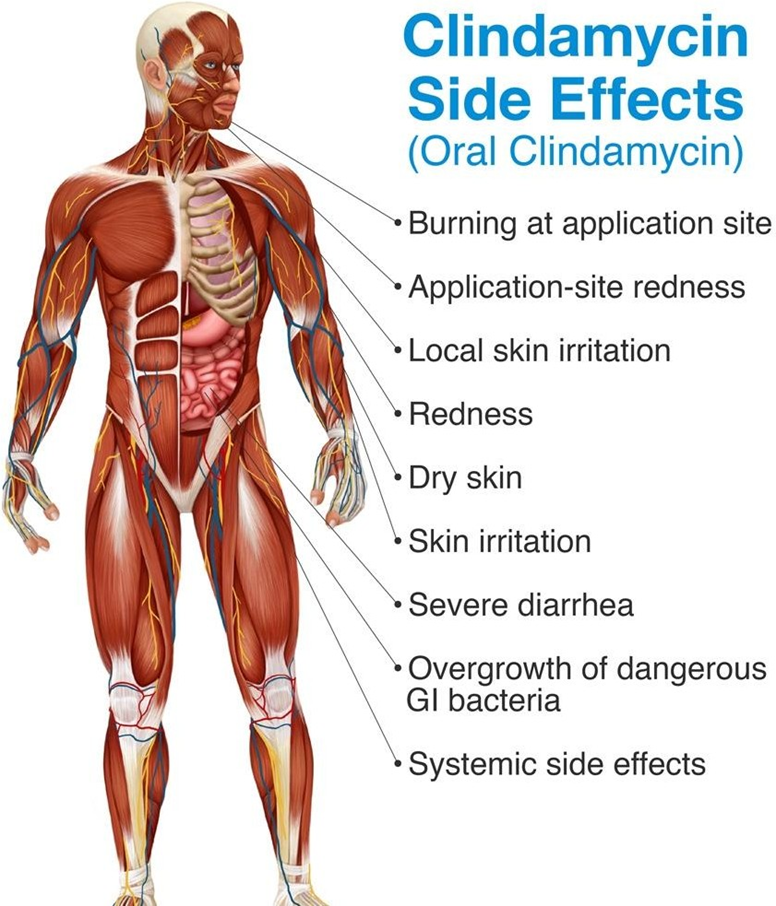A nurse is teaching a client who has a prescription for an epinephrine auto-injector. The nurse should instruct the client to take which of the following actions first?
Hold the injector in place for 10 seconds.
Massage the outer thigh for 10 seconds.
Seek immediate medical attention.
Jab the device into the outer thigh.
The Correct Answer is D
A. Hold the injector in place for 10 seconds: Holding the injector in place after administering epinephrine is not the first action the client should take. After administering epinephrine, the client should immediately seek emergency medical attention.
B. Massage the outer thigh for 10 seconds: Massaging the outer thigh is not the first action the client should take after administering epinephrine. Seeking emergency medical attention is the priority.
C. Seek immediate medical attention: After administering epinephrine for an anaphylactic reaction, the client should immediately seek emergency medical attention to receive further evaluation and treatment. Epinephrine provides temporary relief of symptoms but does not replace the need for medical evaluation and ongoing management.
D. Jab the device into the outer thigh. The client should use the epinephrine auto-injector as soon as possible after experiencing an anaphylactic reaction. The device delivers a dose of
epinephrine, which constricts blood vessels and relaxes the airways, to reverse the symptoms of anaphylaxis.
Nursing Test Bank
Naxlex Comprehensive Predictor Exams
Related Questions
Correct Answer is D
Explanation
A. Dobutamine: Dobutamine is a sympathomimetic medication used to increase cardiac output in conditions such as heart failure or cardiogenic shock. It is not indicated for the management of severe hypertension.
B. Epinephrine: Epinephrine is a sympathomimetic medication used for the management of severe allergic reactions (anaphylaxis), cardiac arrest, and severe asthma exacerbations. It is not indicated for the management of severe hypertension.
C. Dexamethasone: Dexamethasone is a corticosteroid medication used for a variety of
conditions, including inflammation, allergic reactions, and certain cancers. It is not indicated for the management of severe hypertension.
D. Nitroprusside: Nitroprusside is a potent vasodilator used for the rapid reduction of blood pressure in hypertensive emergencies, such as hypertensive crises or malignant hypertension. It acts quickly to dilate both arterial and venous vessels, leading to a rapid decrease in blood pressure. Therefore, it is the appropriate choice for this client with severe hypertension and a severe headache.
Correct Answer is A
Explanation
A. Clindamycin is associated with a common adverse effect of watery diarrhea, which may indicate Clostridium difficile-associated diarrhea (CDAD) or pseudomembranous colitis.
B. Blurred vision is not a typical adverse effect of clindamycin.
C. Hypertension is not a typical adverse effect of clindamycin.
D. Agitation is not a typical adverse effect of clindamycin.

Whether you are a student looking to ace your exams or a practicing nurse seeking to enhance your expertise , our nursing education contents will empower you with the confidence and competence to make a difference in the lives of patients and become a respected leader in the healthcare field.
Visit Naxlex, invest in your future and unlock endless possibilities with our unparalleled nursing education contents today
Report Wrong Answer on the Current Question
Do you disagree with the answer? If yes, what is your expected answer? Explain.
Kindly be descriptive with the issue you are facing.
